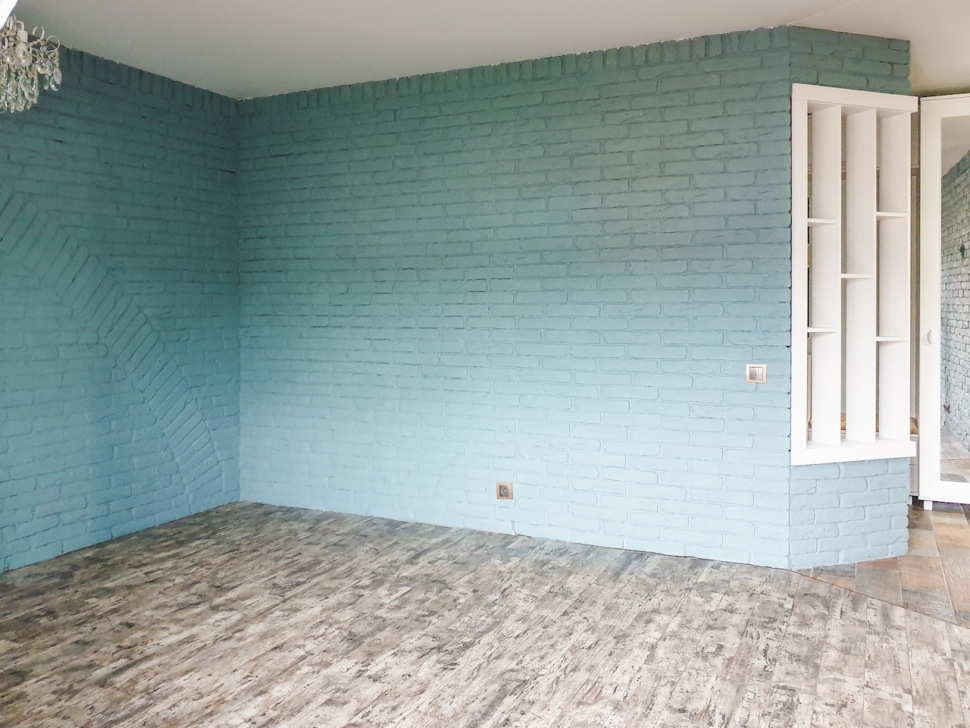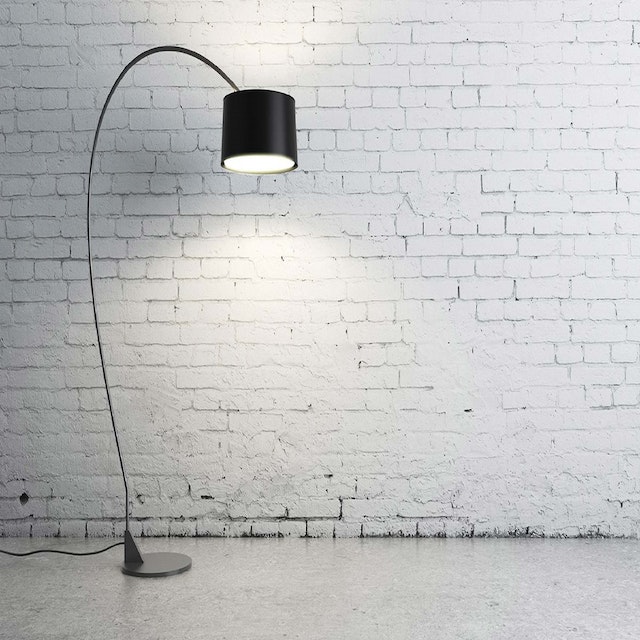Damp can be a huge problem in any home, leading to all kinds of unwanted outcomes. Here is some information about damp and what you can do to solve the problem.
What is Damp?
Firstly, it is important to explain what we mean when we say “damp.” Damp is essentially excess moisture in an interior space. There are a few different types of damp that can occur, with some being more common than others.
Condensation is the most common form of damp found in the home. This is when warm air comes into contact with a colder surface and condenses into standing water. This often happens due to central heating or in places where there is a lot of warm air, such as the kitchen. Although more prevalent in the winter when walls are colder, condensation can occur at any time of the year.
Rising damp refers to the movement of groundwater up through the walls of your home. This is a natural process that usually doesn’t have any ill effects, but if your house has poor drainage, is built on uneven ground, or has inadequate damp proofing, it can quickly become a problem.
The final form of damp most seen in homes is penetrating damp. This is when moisture leaks through the walls of your home. This is mostly seen in older homes that are less resilient to the elements, however it can also be caused by a burst or leaking pipe and affect any home.
Why Should I Worry About Damp?
Damp is a serious problem and one that should be addressed as soon as it is noticed. There are two main ways in which damp can have a negative effect.
Firstly, allowing moisture to build up can threaten the structural integrity of your home. Wood will rot, paint will peel, and in extreme cases, the structure of the walls themselves can be compromised. Not only will allowing damp to build up likely incur a hefty bill down the line, it could put you at risk of some kind of accident.
Secondly, damp can encourage the growth of mold and bacteria. Bacteria and mold love moist areas, and will grow exponentially if allowed to. This can cause numerous health problems for the occupants of the house. Spores that come from mold can carry harmful, disease-causing pathogens and the reduced air quality can exacerbate existing conditions, such as asthma or COPD.
How Do I Know If I’ve Got a Damp Problem?
Listed below are a few of the common signs to look out for to see if you might have a damp problem.
- Standing water on surfaces
- Peeling or discolored paint
- Patches of discoloration on walls or floors
- Musty smell
- Visible mold
- Rotting wood, such as window frames or skirting boards
What Can I Do About Damp?
Luckily, there are good solutions for a damp problem. Damp proofing is the term used to encompass all of the methods for keeping damp out of your home. There are DIY options if you have a small problem with damp, such as anti-moisture paint or damp-proof injection cream, but if you have a more severe damp problem, you should speak to a professional.
A professional in the area will be able to do a full assessment of your home and problem, then suggest and carry out the best course of action. This may range from applying tanking slurries to damp-proof concrete walls, damp-proof injection cream, all the way to fully replastering your home. A professional will know the best tool for your particular problem and will be able to make you aware of all of the options.
How Much Will Damp Proofing Cost Me?
Damp proofing prices will vary with a couple of factors. The biggest two factors are the size of your home or treatment area, and the extent of the damp problem. This being said, you can expect a full damp proofing treatment to run you anywhere from a few hundred dollars to a few thousand.
Usually, the effects of damp are not covered by home insurance policies. However, be sure to check yours in case you are able to claim a damp proofing course through your insurance provider.
How Long Will It Take?
Again, this will depend on the size of your home and the extent of the problem. In the hands of a professional, a full assessment will usually take from a couple of days up to a couple of weeks in extreme cases.
This should cover everything you need to know about treating damp in your home. If you suspect you have a damp problem, don’t hesitate to address it – the longer you leave it, the worse the problem is going to get. Good luck!

